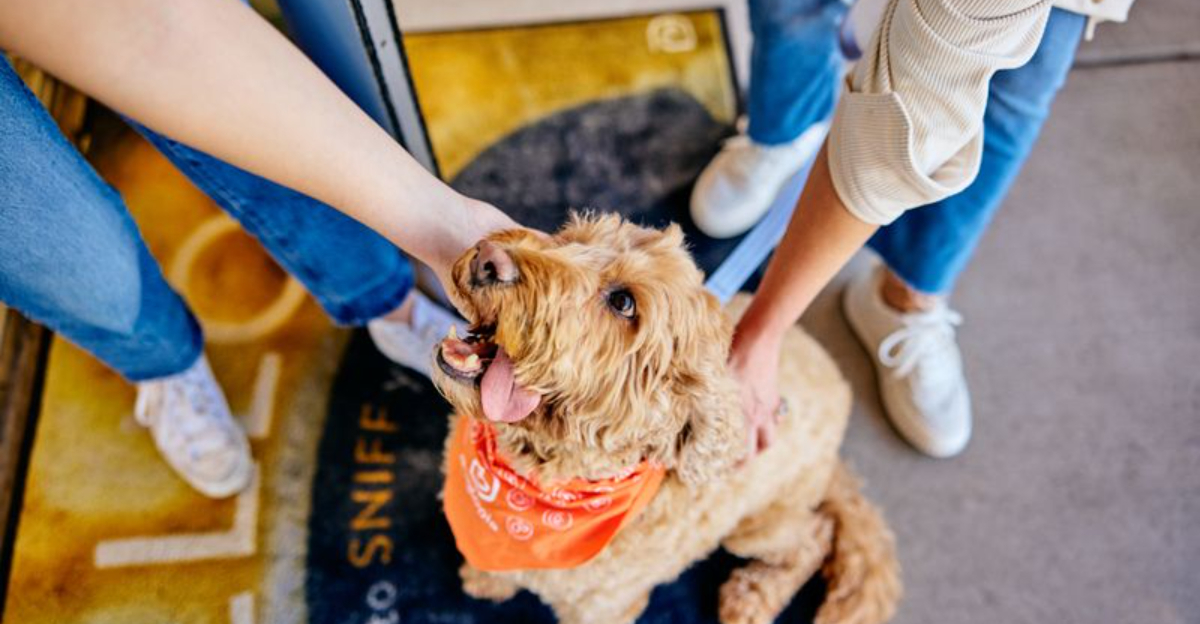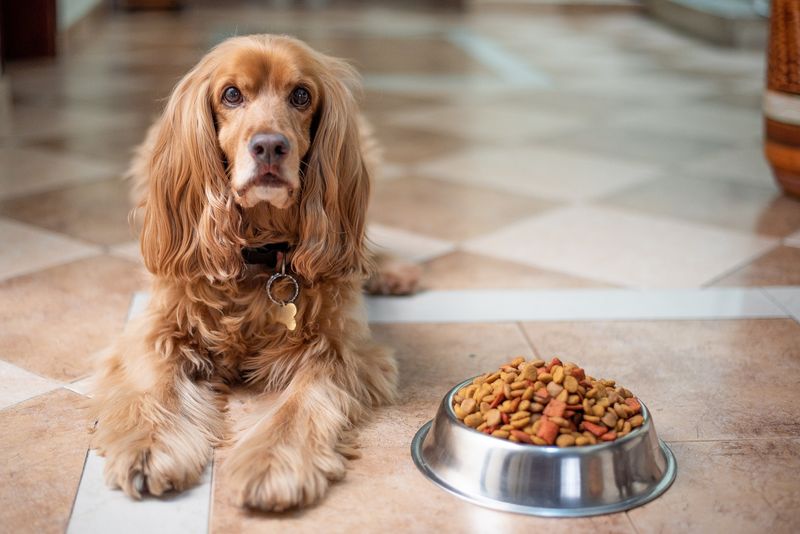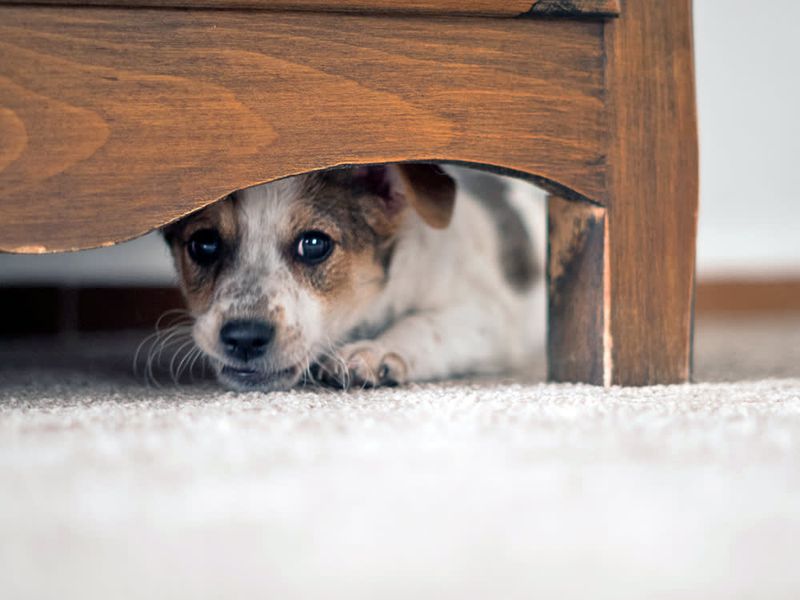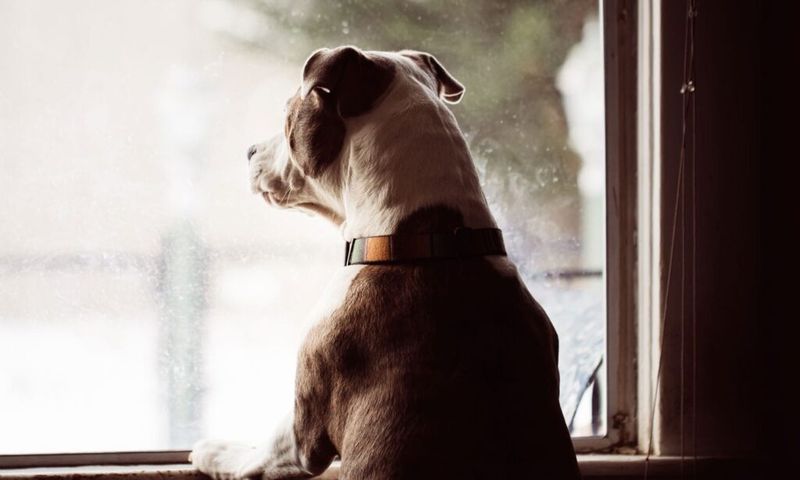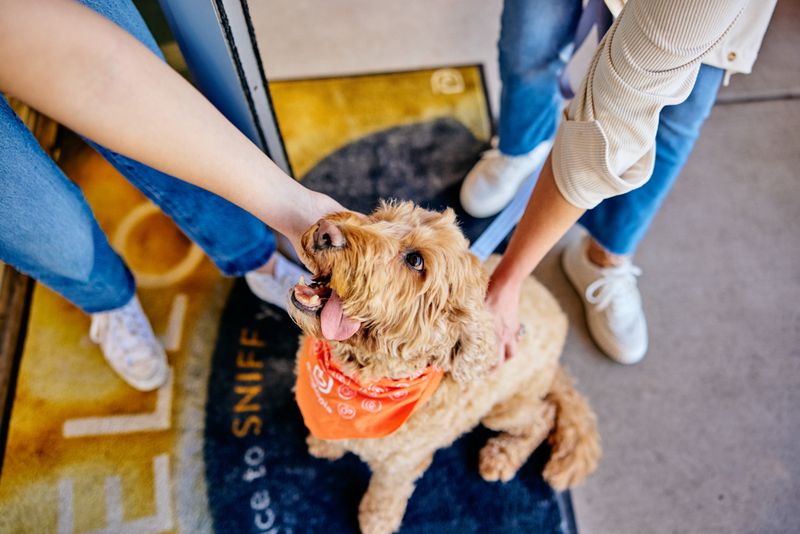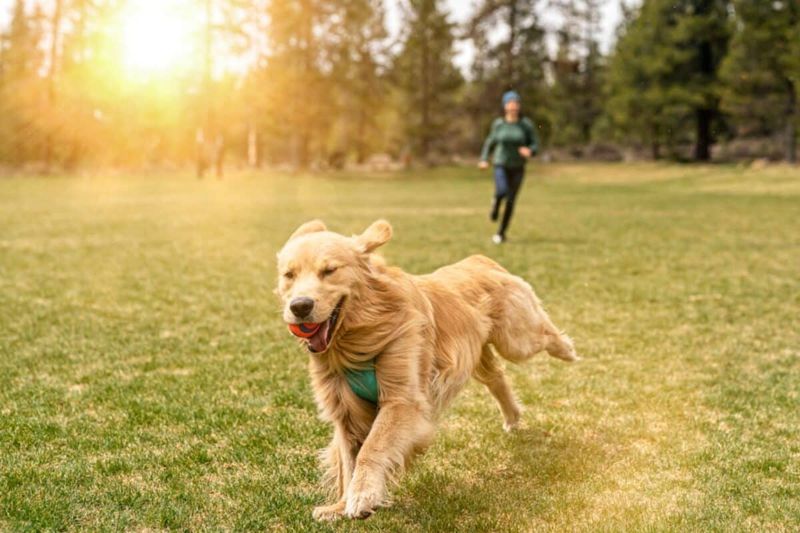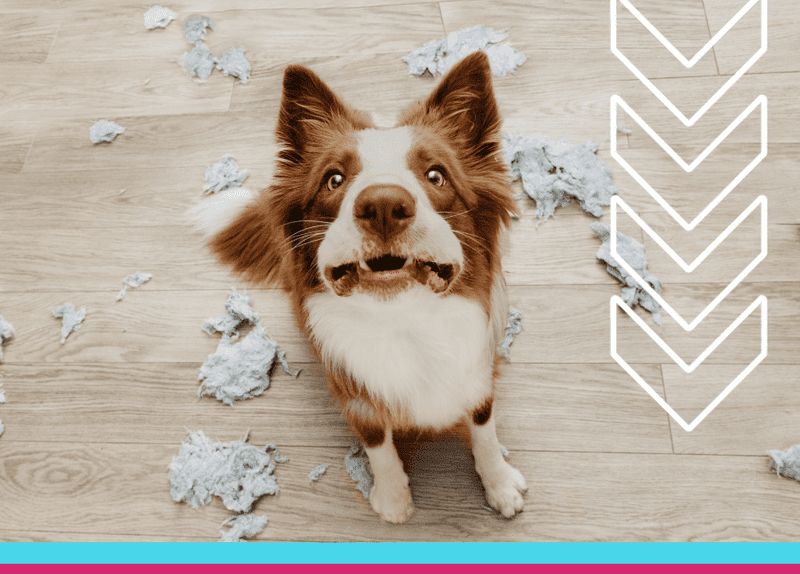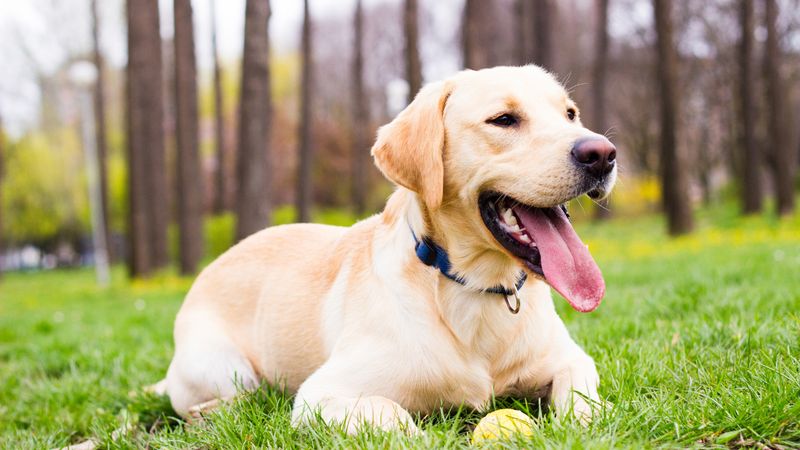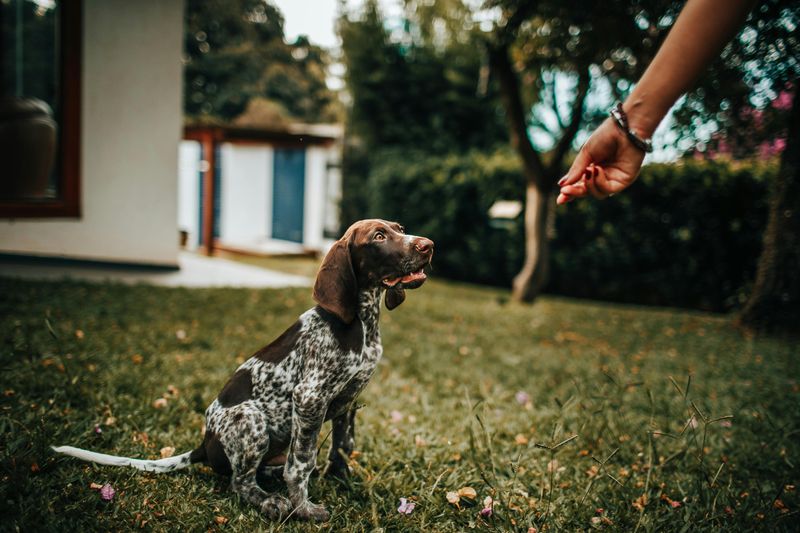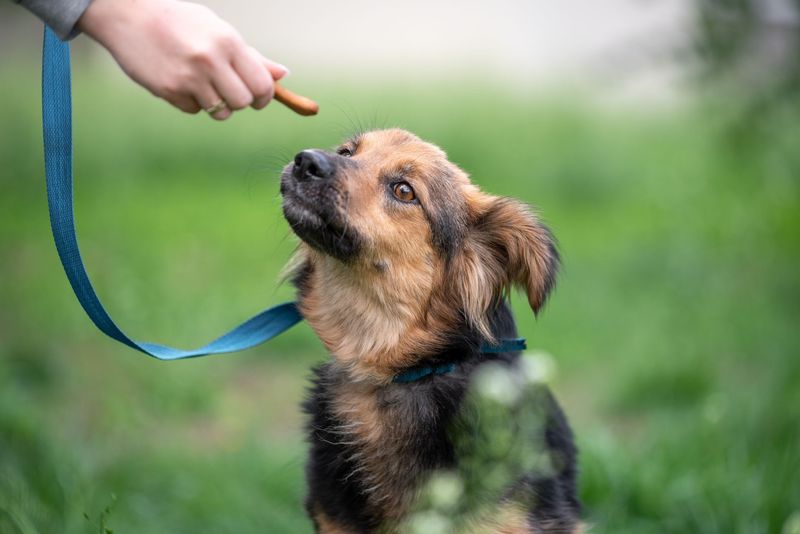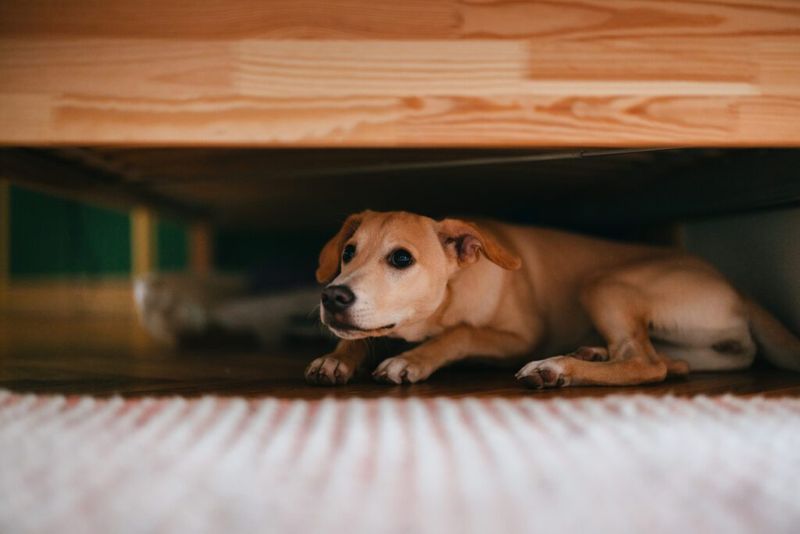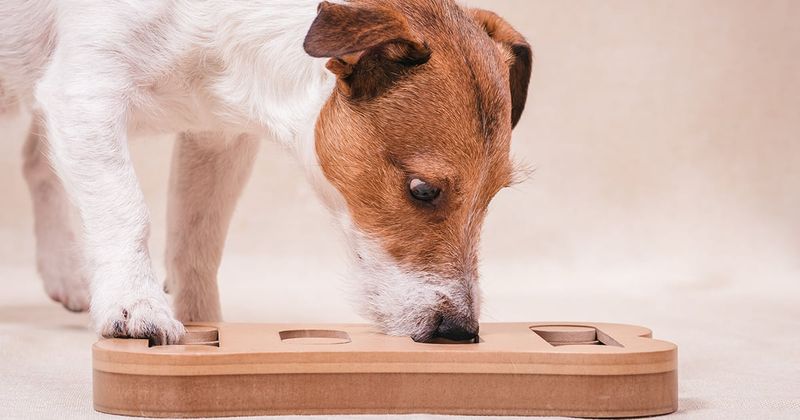Dogs, like humans, can experience anxiety triggered by various everyday habits. Being aware of these triggers can help you provide a more comforting environment for your furry friend. Here, we explore 14 common habits that might be contributing to your dog’s anxiety, with tips on how to address them. Understanding and altering these behaviors may significantly improve your dog’s well-being.
Inconsistent Feeding Schedules
Feeding your dog at irregular times can create confusion and stress. Imagine expecting dinner at a certain time every day, only to have it come hours later. Dogs thrive on routine, and a consistent feeding schedule provides them with a sense of stability.
An inconsistent meal time might leave your pet feeling anxious and unsure about when their next meal will appear. Consider setting a regular feeding schedule and sticking to it as closely as possible.
This simple change can lead to a more relaxed and happier dog, knowing exactly when to expect their meals.
Loud Noises
Thunderstorms, fireworks, and even loud household appliances can be terrifying for some dogs. The sudden bursts of noise can trigger anxiety and send them running for cover.
Creating a safe space where your dog can retreat during loud events can greatly reduce their stress. Providing comforting items, such as toys or blankets, in this safe space may help ease their anxiety.
You might also consider playing calming music or using noise-canceling devices to muffle the frightening sounds. Helping your dog feel secure during loud noises is essential for their mental well-being.
Leaving Them Alone for Long Periods
Dogs are social animals that thrive on companionship. Leaving them alone for extended periods can lead to separation anxiety. Imagine being left in an empty house with no one to talk to for hours on end.
When you must be away, consider hiring a pet sitter or using a doggy daycare service. Even short visits from a neighbor or friend can make a difference.
Engaging toys or interactive puzzles can also provide mental stimulation while you’re gone. Keeping your dog entertained helps minimize the stress of being alone.
Lack of Socialization
Socialization is key to developing a well-adjusted dog. Without enough interaction with other dogs and people, your furry friend might become anxious in unfamiliar situations.
Regular walks in the park or playdates with other dogs can provide essential social experiences. Exposure to various environments and individuals helps build your dog’s confidence and reduces anxiety.
Ensuring your dog remains a part of different social settings can lead to a happier and more adaptable pet. Socialization is not just a luxury; it’s a necessity for a balanced canine life.
Lack of Exercise
Physical activity is crucial for your dog’s mental and physical health. Without enough exercise, anxiety can manifest through restlessness or destructive behavior.
Regular walks, playtime, and even training sessions can provide the necessary outlets for energy. Engaging your dog in activities that challenge both body and mind helps curb anxiety.
Consider varying the routine with new games or exploring different environments. Exercise is not merely physical; it’s a mental necessity to keep your dog happy and anxiety-free.
Inconsistent Training Methods
Training should be consistent to avoid confusion. Mixed signals during training sessions can lead to anxiety, as your dog struggles to understand what’s expected. Consistency in commands and rewards creates clarity.
Using different methods or commands can leave your dog puzzled and stressed. Establishing a firm but gentle approach ensures your dog feels secure in their learning.
Consistency builds trust, making training more effective and enjoyable for both of you. A clear understanding of training expectations can significantly reduce anxiety levels in your dog.
Changes in Routine
Dogs are creatures of habit, and sudden changes in routine can cause anxiety. Whether it’s a new family member, moving to a new home, or even rearranging furniture, these alterations can unsettle your pet.
Gradual introductions to changes and maintaining familiar elements can ease this anxiety. Keeping feeding times, walks, and bedtime routines consistent helps create a sense of normalcy.
Understanding that dogs may need time to adjust can foster a supportive environment, reducing stress and promoting a sense of security.
Ignoring Their Body Language
Dogs communicate through body language, and ignoring these signals can lead to anxiety. Signs like yawning, licking lips, or avoiding eye contact can indicate stress.
Paying attention to these cues enables you to address your dog’s needs before anxiety escalates. Understanding and respecting their non-verbal communication fosters a trusting relationship.
Reacting appropriately to their signals not only eases anxiety but also strengthens your bond with your dog, ensuring a more harmonious coexistence.
Unfamiliar Visitors
New faces can be intimidating for dogs and might trigger anxiety. The sudden appearance of unfamiliar people in their space can make them uneasy.
Introducing guests gradually and allowing your dog to approach them at their own pace can alleviate stress. Encouraging visitors to offer treats can create positive associations.
Respecting your dog’s comfort level and providing a quiet place to retreat if needed ensures they feel secure. This approach helps in managing anxiety around unfamiliar visitors.
Punishment-Based Training
Using punishment in training can instill fear rather than discipline in your dog. Negative reinforcement often leads to anxiety, as your pet may become focused on avoiding punishment rather than learning.
Positive reinforcement, such as rewarding good behavior, encourages learning without stress. This approach fosters a loving and trusting relationship between you and your dog.
Building a training environment based on trust and respect reduces anxiety and promotes a happier, more confident pet.
Overcrowded Living Spaces
A cluttered or overcrowded living environment can be overwhelming for dogs. Limited space to move around may cause anxiety and stress.
Providing a designated area where your dog can relax away from chaos is essential. Keeping their living space tidy and organized helps create a calm atmosphere.
Ensuring your dog has a quiet retreat can significantly enhance their comfort and reduce anxiety levels in a packed living environment.
Lack of Mental Stimulation
Mental stimulation is as vital as physical exercise for your dog. Without engaging activities, boredom can lead to anxiety and undesirable behavior.
Interactive toys, training sessions, and problem-solving games provide necessary mental challenges. Keeping your dog’s mind active prevents restlessness and anxiety.
Regular engagement with mentally stimulating activities can enhance your dog’s overall well-being, leading to a more contented and peaceful pet.
Overexposure to Stressful Situations
Consistent exposure to stressful environments can heighten anxiety in dogs. Busy streets, crowded areas, or chaotic surroundings may overwhelm your pet.
Recognizing and avoiding these stressors, when possible, can help in managing anxiety. Gradually acclimating your dog to such environments with positive reinforcement can also mitigate stress.
Balancing exposure with calm and quiet experiences ensures your dog’s emotional well-being, keeping anxiety at bay.
Lack of Consistent Leadership
Dogs look to their owners for guidance and leadership. Inconsistent or unclear direction can lead to confusion and anxiety.
Providing firm, consistent leadership helps your dog feel secure and understood. Clear communication of expectations fosters trust and eases anxiety.
A confident and consistent approach reassures your dog, enabling a relaxed and happy demeanor in everyday life.
